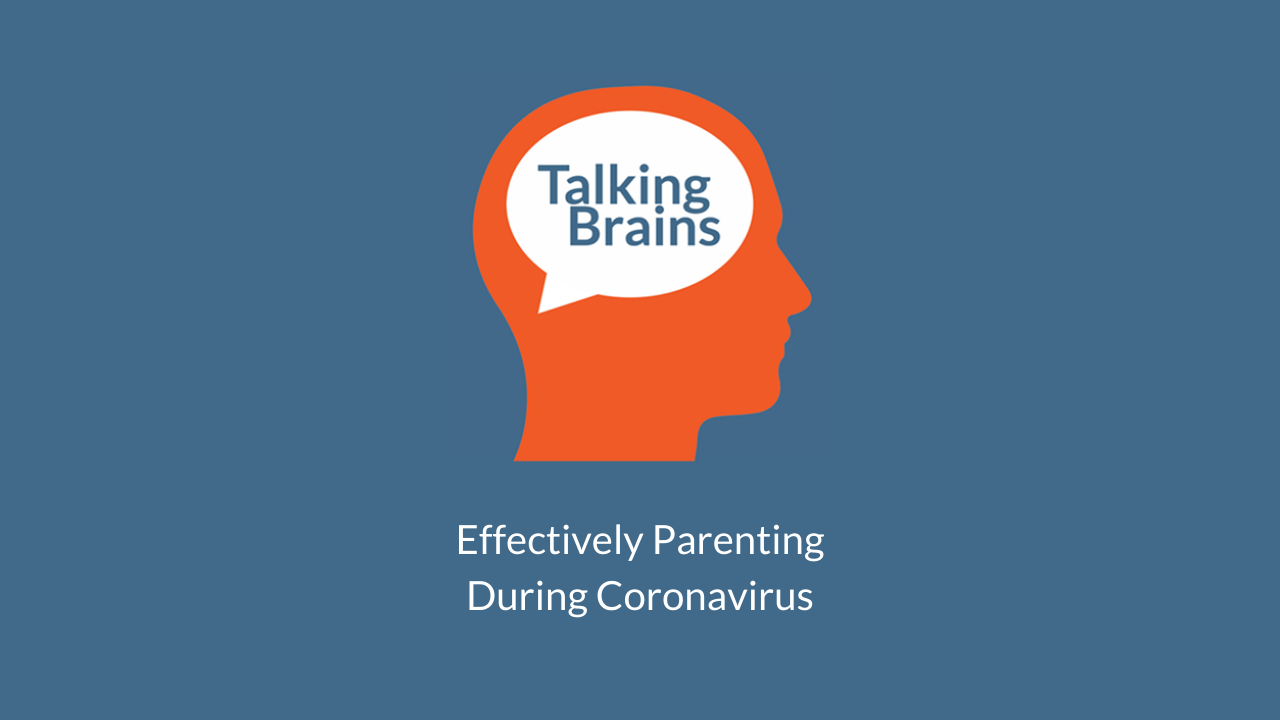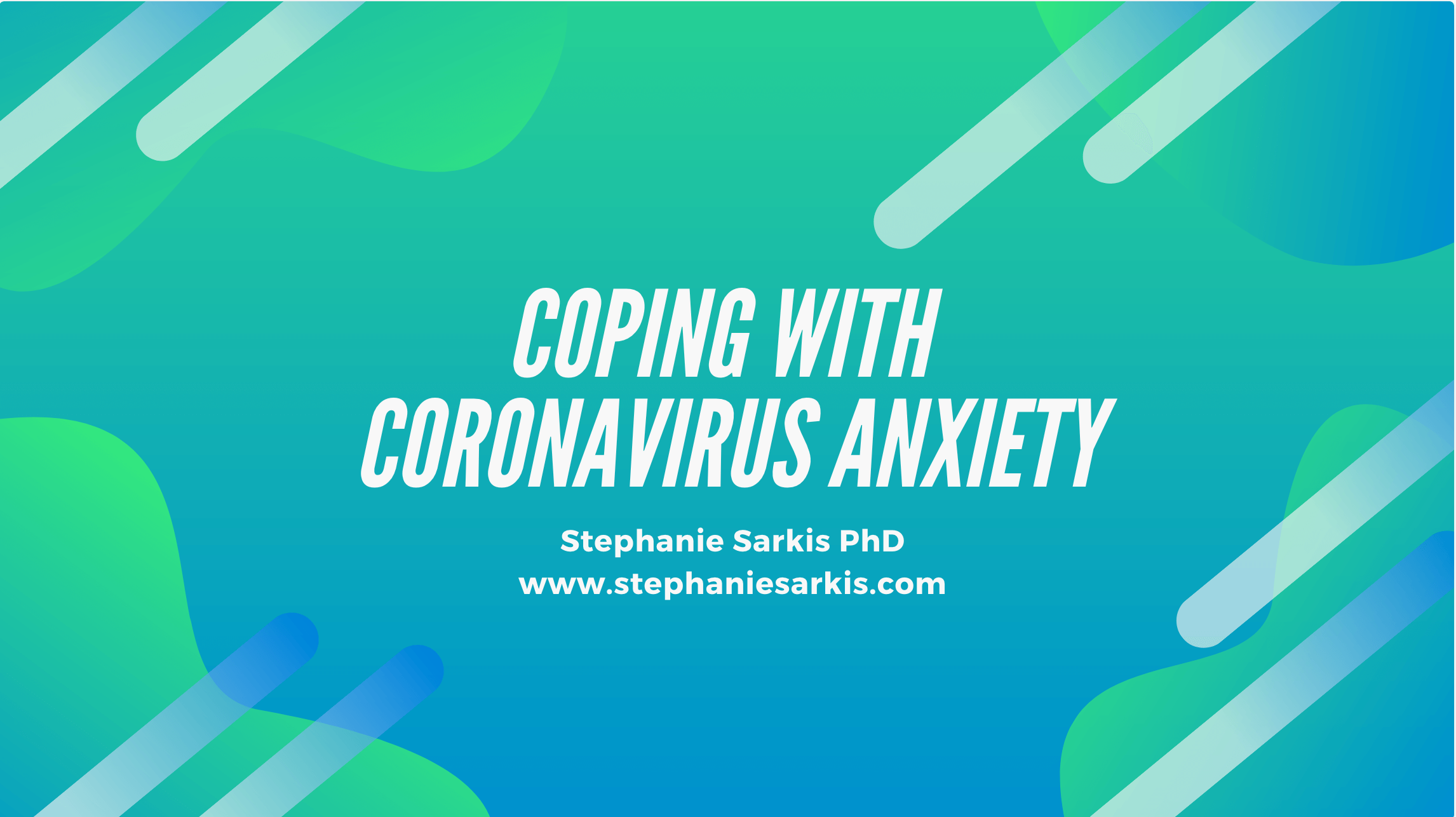You may think when you go out in nature that you are just looking at the beautiful scenery, but being in a “green space” – whether that is a park, trail, or grassy area – improves your mental and physical wellbeing. A “green space” is defined as any area that has not been developed and is open for public access.
- What effect do nature and green spaces have on us?
In a study by Wolch, Byrne, and Newell (2014), urban green spaces encourage physical activity, increase psychological wellbeing, and improve the health of the general public. The researchers felt increasing the amount of urban green spaces would contribute to residents’ overall quality of life.
In a study in the United Kingdom, people that went to green spaces felt more relaxed, had more positive emotions, and improved spirtual wellbeing (Irvine, Warber, Devine-Wright, and Gaston, 2013).
- So does a lack of nature cause health issues?
Yes, losing access to nature can actually impact your emotional and physical health. One study found that loss of trees in a community was related to increased risk in cardiovascular disease (Donovan, Michael, Gatziolis, Prestemon, and Whitsel, 2015).
- Are there some parks that are “healthier” for people?
It turns out it doesn’t matter how far away the green space is from your house – it’s actually the size of the green space that counts. The larger the park and the more linear (long) it is, the more exercise you get from it (Brown, Schebella, and Weber, 2014).
- How much time do I need to spend in nature to get these benefits?
Just having a 50 minute walk in nature, when compared to a walk in the city, helped decrease anxiety and negative feelings, increases positive feelings – while improving working memory (Bratman, Daily, Levy, and Gross, 2015).
- How can more people experience these benefits?
Access to nature, parks, and green spaces is the biggest issue. When we increase the number of green spaces in cities, overall health improves (Wolch, Byrne, and Newell, 2014). We as a society also need to encourage access to the outdoors and parks. This can be done through education – teaching the importance of access to nature. Additional ways to help include advocating for more public park access for the public, and guarding funding for green spaces.
References
Bratman, G. N., Daily, G. C., Levy, B. J., & Gross, J. J. (2015). The benefits of nature experience: Improved affect and cognition. Landscape and Urban Planning, 138, 41-50.
Brown, G., Schebella, M. F., & Weber, D. (2014). Using participatory GIS to measure physical activity and urban park benefits. Landscape and Urban Planning, 121, 34-44.
Donovan, G. H., Michael, Y. L., Gatziolis, D., Prestemon, J. P., & Whitsel, E. A. (2015). Is tree loss associated with cardiovascular-disease risk in the Women’s Health Initiative? A natural experiment. Health & place, 36, 1-7.
Irvine, K. N., Warber, S. L., Devine-Wright, P., & Gaston, K. J. (2013). Understanding urban green space as a health resource: A qualitative comparison of visit motivation and derived effects among park users in Sheffield, UK. International journal of environmental research and public health, 10(1), 417-442.
Wolch, J. R., Byrne, J., & Newell, J. P. (2014). Urban green space, public health, and environmental justice: The challenge of making cities ‘just green enough’. Landscape and Urban Planning, 125, 234-244.
Copyright 2017 Sarkis Media – https://stephaniesarkis.com





